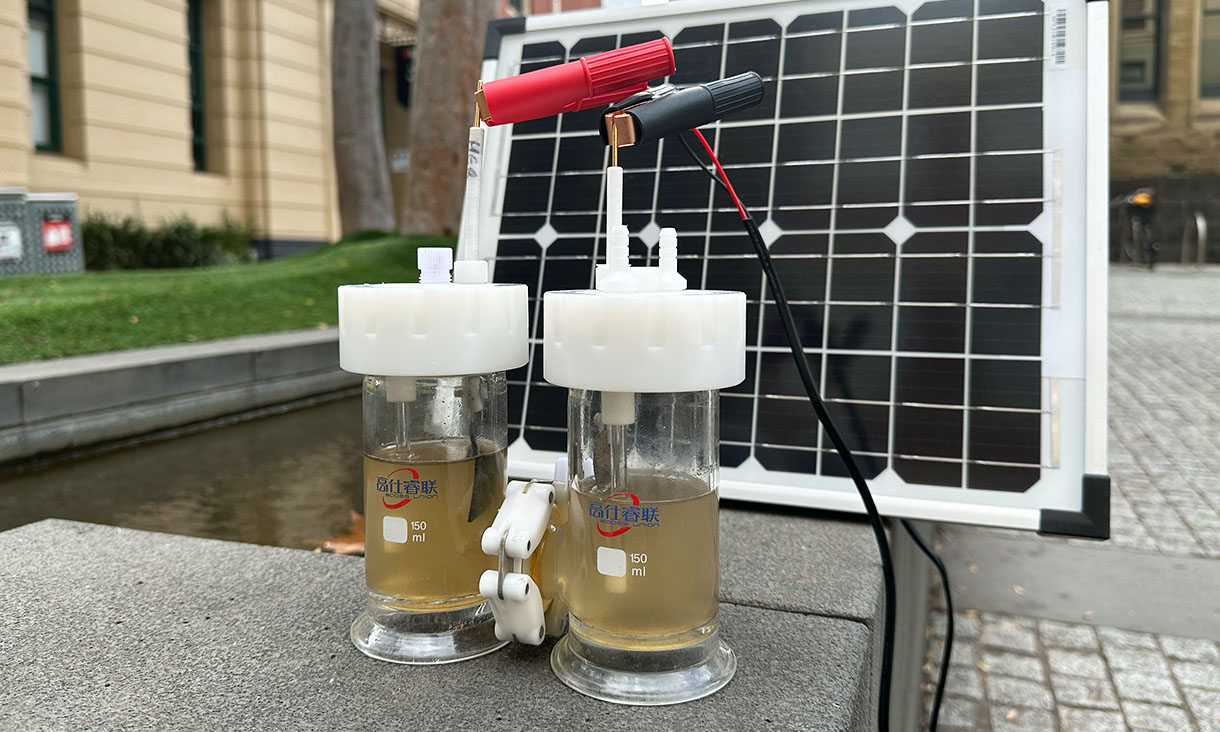RMIT's Innovative Approach: Turning Wastewater into Green Hydrogen
Key Ideas
- RMIT University has developed an experimental invention to utilize wastewater contaminants for green hydrogen production, reducing reliance on fresh water.
- The innovation involves electrodes made from agricultural waste that attract metals from wastewater to speed up the water-splitting process.
- The device enabled continuous water splitting for 18 days in lab experiments, showcasing stability and efficiency in hydrogen production.
- The research presents opportunities for industry and government collaborations to develop commercial systems for large-scale implementation.
Research led by RMIT University in Australia has introduced an experimental invention that aims to leverage wastewater contaminants to produce green hydrogen, thus addressing the scarcity of fresh water. By capturing metals such as platinum, chromium, and nickel from wastewater, the team's approach accelerates hydrogen production, turning an environmental liability into a productivity boost. The innovation involves electrodes with an absorbent carbon surface that forms stable catalysts, enhancing the efficiency of water splitting without the need for purified water. This breakthrough, developed in collaboration with other institutions, demonstrates the potential to reduce the high cost of wastewater treatment while generating valuable green hydrogen.
The research team's device showed impressive performance during experiments, maintaining stability and effectiveness in continuous water splitting over 18 days. The project envisions utilizing wastewater as a catalyst modifier for sustainable hydrogen production, offering benefits to both the energy and water sectors. The team is eager to engage in partnerships with global companies and water authorities to further develop and implement this technology on a larger scale.
Moving forward, the researchers aim to refine the catalyst process for enhanced efficiency and commercial viability, emphasizing the need for testing with various types of wastewater. The ultimate goal is to establish a platform of catalytic systems capable of utilizing challenging water resources like wastewater and seawater, contributing to pollution reduction and resource sustainability. The innovative work by RMIT University opens up new avenues for creating green hydrogen while addressing pressing environmental and water scarcity issues.
Topics
Oceania
Renewable Energy
Innovation
Sustainability
Research
Catalysts
Collaborations
Environmental
Wastewater Treatment
Latest News
